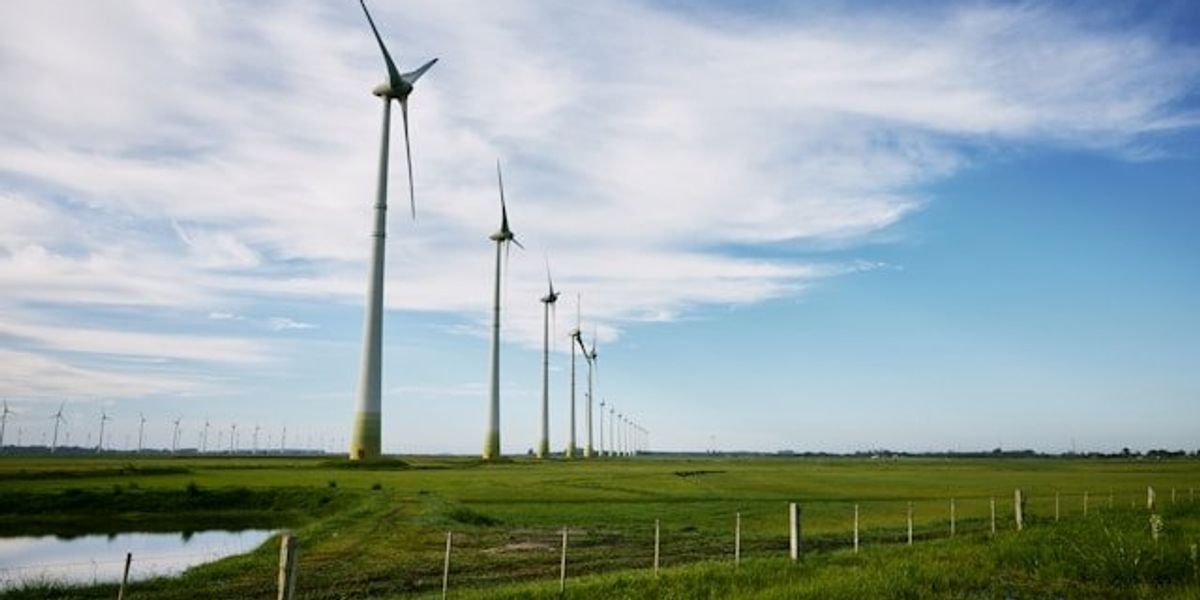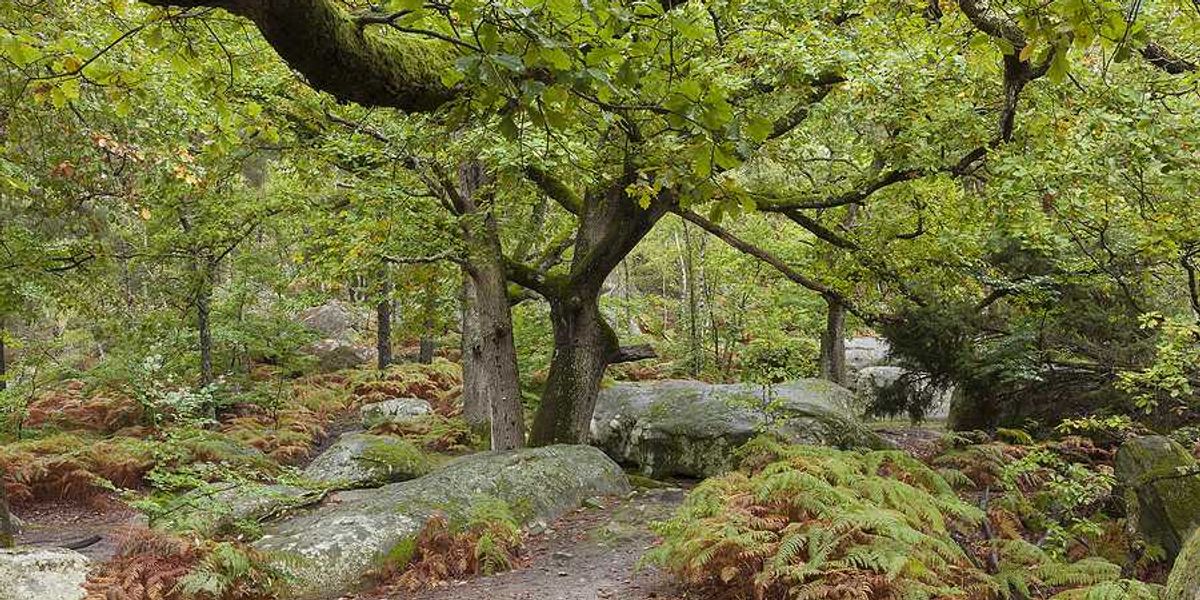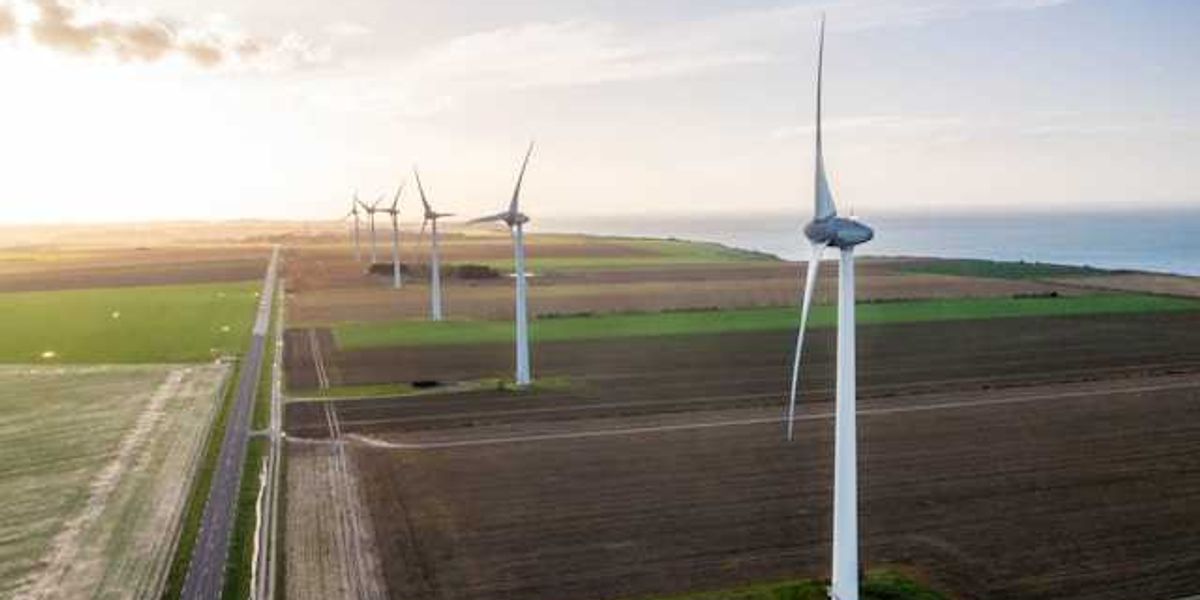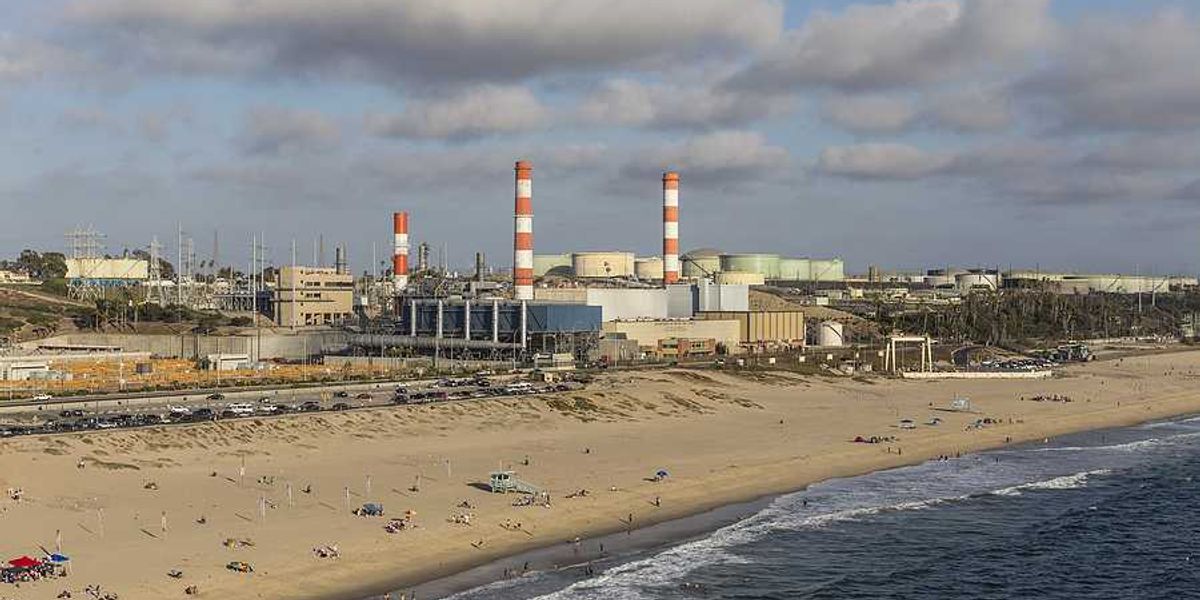
Trump administration cancels Idaho’s Lava Ridge wind farm approval near internment landmark
U.S. Interior Secretary Doug Burgum revoked the Biden-era permit for the 1,200-megawatt Lava Ridge wind project Wednesday, citing undisclosed legal flaws and echoing local opposition tied to the nearby Minidoka National Historic Site.
Scott Streater reports for E&E News.
In short:
- Interior says it found “unique statutory criteria” ignored when the Bureau of Land Management approved the project last December, but it has not released the underlying analysis.
- The 231-turbine complex could have powered nearly 500,000 homes, yet Idaho’s all-GOP delegation and Japanese American advocates objected to its visibility from the Minidoka National Historic Site, a World War II-era internment camp.
- Lava Ridge’s termination caps a series of Burgum orders tightening reviews and ending what he calls “preferential treatment” for wind and solar on federal lands.
Key quote:
“They can’t withdraw a record of decision without giving strong reasons in writing."
— Michael Gerrard, director of the Sabin Center for Climate Change Law at Columbia Law School
Why this matters:
Big wind farms supply carbon-free electricity, but their sweeping footprints can jar wildlife corridors, rural vistas, and sacred or historic sites. When a high-profile project stalls, investors grow wary, slowing the build-out needed to replace fossil fuels whose extraction and combustion foul air, warm the planet, and strain public health. The dispute also underscores environmental justice: Descendants of people once confined at Minidoka argued that towering turbines would dilute the site’s solemn sense of isolation. As Washington reins in renewables, states face harder choices in meeting clean power targets.
Learn more: Not all conservatives support Trump's shift to prioritize fossil fuels over renewables













